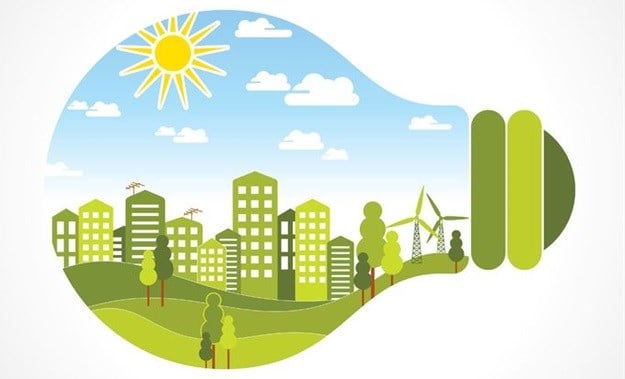
Top stories


Logistics & TransportIata urges global safeguards for aircraft systems as 5G/6G rollout continues
6 hours

AgricultureAgricultural exports from Africa are not doing well. Four ways to change that
Lilac Nachum 7 hours



According to a recent study of industry stakeholders by US-based construction think-tank Dodge Data and Analytics, "green building” – that is, designing buildings to limit their environmental impact – is making strong headway in South Africa. It estimated that around 41% of the country’s construction activity in 2015 was green. This was the highest of the 13 countries surveyed.
The countries surveyed include both mature markets for green solutions (such as Germany and the UK), and emerging markets (such as India and Colombia). The average level of green construction activity across all 13 was 24%.
Moreover, South African firms report high expectations of green work in future. Some 61% expect green building to account for more than 60% of their operations by 2018.
Green buildings are rapidly becoming the big story of the real estate industry.
Conventional buildings make a significant contribution to greenhouse gas emissions, and consume large volumes of water.
From the perspective of environmental protection, green buildings make sense. It’s particularly encouraging to note that the Dodge study found that going green in South Africa was driven by a sense of it being ‘the right thing to do’, and by the requirements of clients. This shows that environmental concerns are increasingly integrated into the property market.
For South African property owners, the experience of power outages and escalating electricity tariffs make green solutions such as solar power a practical consideration.
Although greening a building – whether building new or retrofitting – can be expensive, the savings in future operational costs invariably make the initial investment worthwhile.
Green buildings are about comfortable and productive living that takes into account the realities of our environmental stresses. They are also an excellent investment: green features can add to the value of a property and make it vastly more attractive to buyers. And they are also the future: what is considered distinctly green today, will be standard in years to come.
